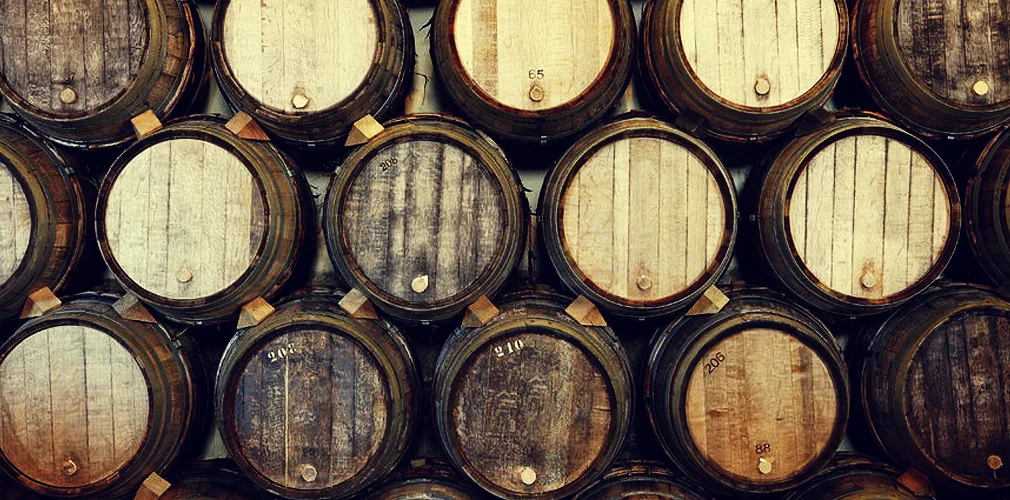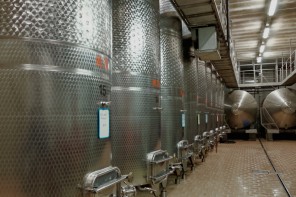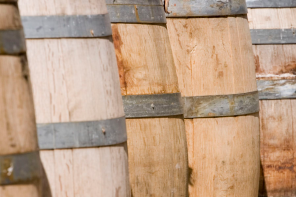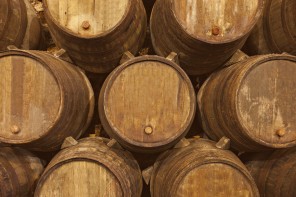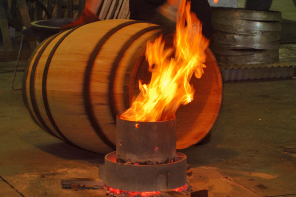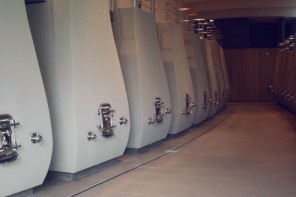Oak is fascinating.
By the end of this post, you’re going to be uttering those very words, we kid you not! So what’s the deal? You’ve probably heard these phrases being thrown around in a cavalier fashion: barrel fermented, stainless steel fermented or aged in French oak for 10 months. You probably were also given no explanation as to what they mean. Let’s dig in a little bit, oakay?
Winemaking is as much an art as it is a science. There are countless decisions that are made throughout the process that have a huge impact on the wine that ends up in your glass. Deciding whether or not to use oak, which type to use and for how long is a big freakin’ deal. Why? Oak plays a huge role in a wine’s texture, aroma, ageabilty and structure.
For the sake of conversation, lets pick a grape: Sauvignon Blanc. When you think of a Sauvignon Blanc, you probably think of a crisp, grapefruity, grassy, lean little heat-beatin’ machine, and you wouldn’t be wrong. Sauvignon Blanc as a grape has qualities that make it a great fit for stainless steel fermenting tanks, which is to say, no oak at all!
So let’s say you had one ton of Sauvignon Blanc grapes, which equals between 60-80 finished cases of wine, depending on the wine. You take half and ferment them in a stainless steel tank, now you have wine. Into the bottle it goes. Provided, of course, you had lovely, high quality grapes with good ripeness, you now have a crisp, sharp, lean little white wine with all the gorgeous aromas we mentioned.
With the other half, let’s say you have some oak barrels kickin’ around and you decide to put the wine in them. How long? Lets say 10 months. If these oak barrels had been used to make wine before, they’d be known as neutral oak. This would be good, because the newer the oak, the more “big” oaky flavors are imparted. With this Sauv Blanc you’re working on, a gentle oak flavor is probably more suitable. So what happens? Where does all the lean, grassy, grapefruity-ness go?
Well, as the juice comes into contact with the actual wood, the wood gives a bit of itself to the wine. In this case, it is going to soften the texture, make it richer and flesh out the fruit content and layer it with exotic spice, fig, melon and coconut. Your end result, if you have 10 months of patience, will be a completely different wine than your first. Pretty cool, eh?
The oak plot thickens with different types of oak. A winemaker could spend years finding the right oak for the kind of wine they want to make. As we mentioned, French oak is one of most desirable, yet American oak has been embraced and championed by plenty. Is this just another form of Francophilia? Why is it preferred?
Different oaks have different grains; some are fine and tightly woven, some are larger and looser. American oak has a looser grain, and that means that there is literally more space between the grain for the wine to seep in and hang out with the oak. And in turn, more of those “big” flavors are imparted. When you grab a bottle of California Cab, pop it open, and are greeted with a giant waft of creamy vanilla, caramel and cedar- you can probably wager a bet that this wine saw time in American oak.
French oak, in comparison, has a finer grain and gives a subtler flavor profile then American. This is fairly desirable, as you don’t necessarily want to completely mask the grape’s personality. When we get down to the micro level of any type of oak is where it gets even crazier. Different forests from the same area will produce barrels with small variations. A winemaker could, for example, notice that one particular location’s barrels have a significantly sweeter flavor than a barrel from just around the corner. Of course, these things might not be as obvious to us, but this is why matching just the right barrel with just the right vineyard site is so insanely complex and amazing.
There, are you gonna say it? OAK IS FASCINATING! Who would’ve thought?

